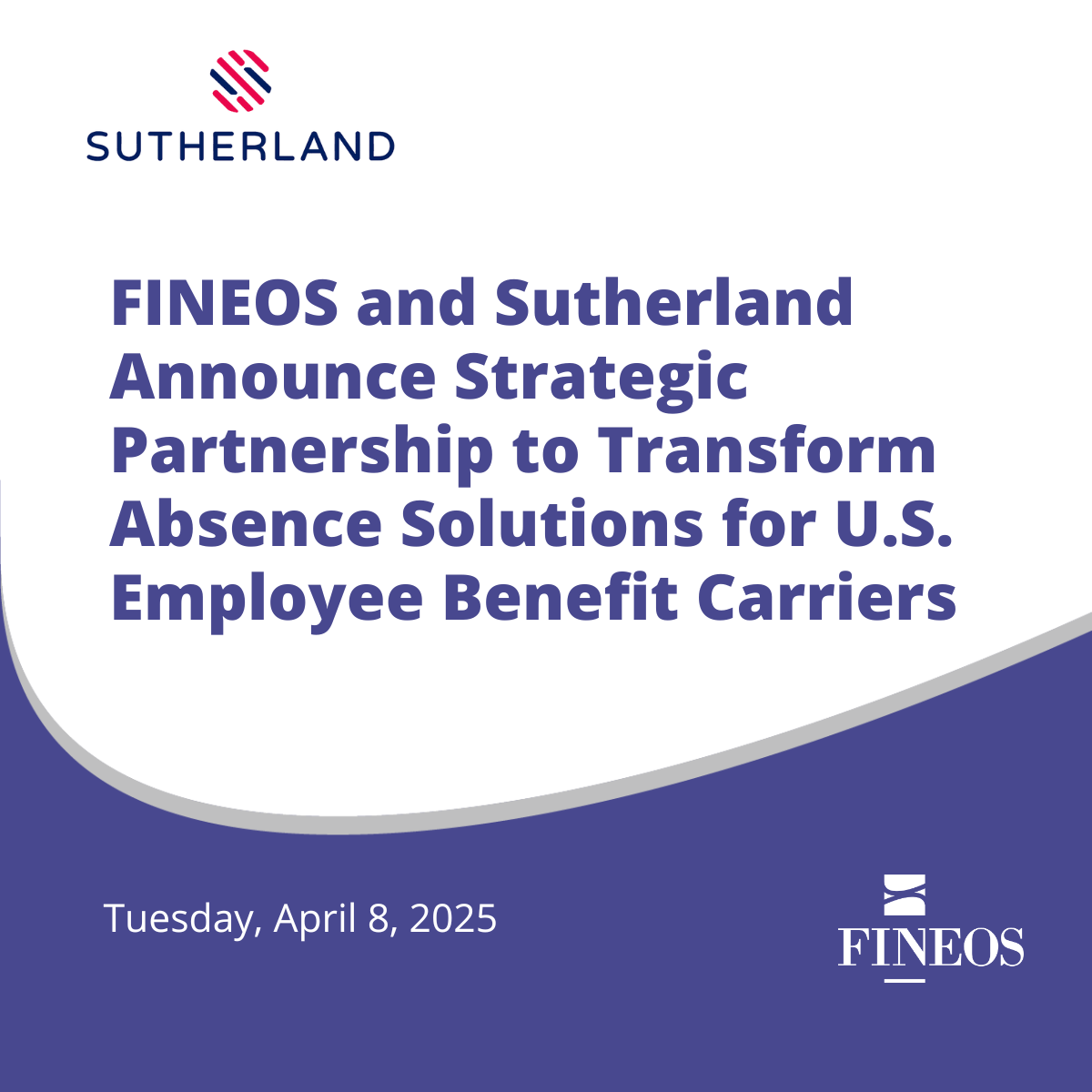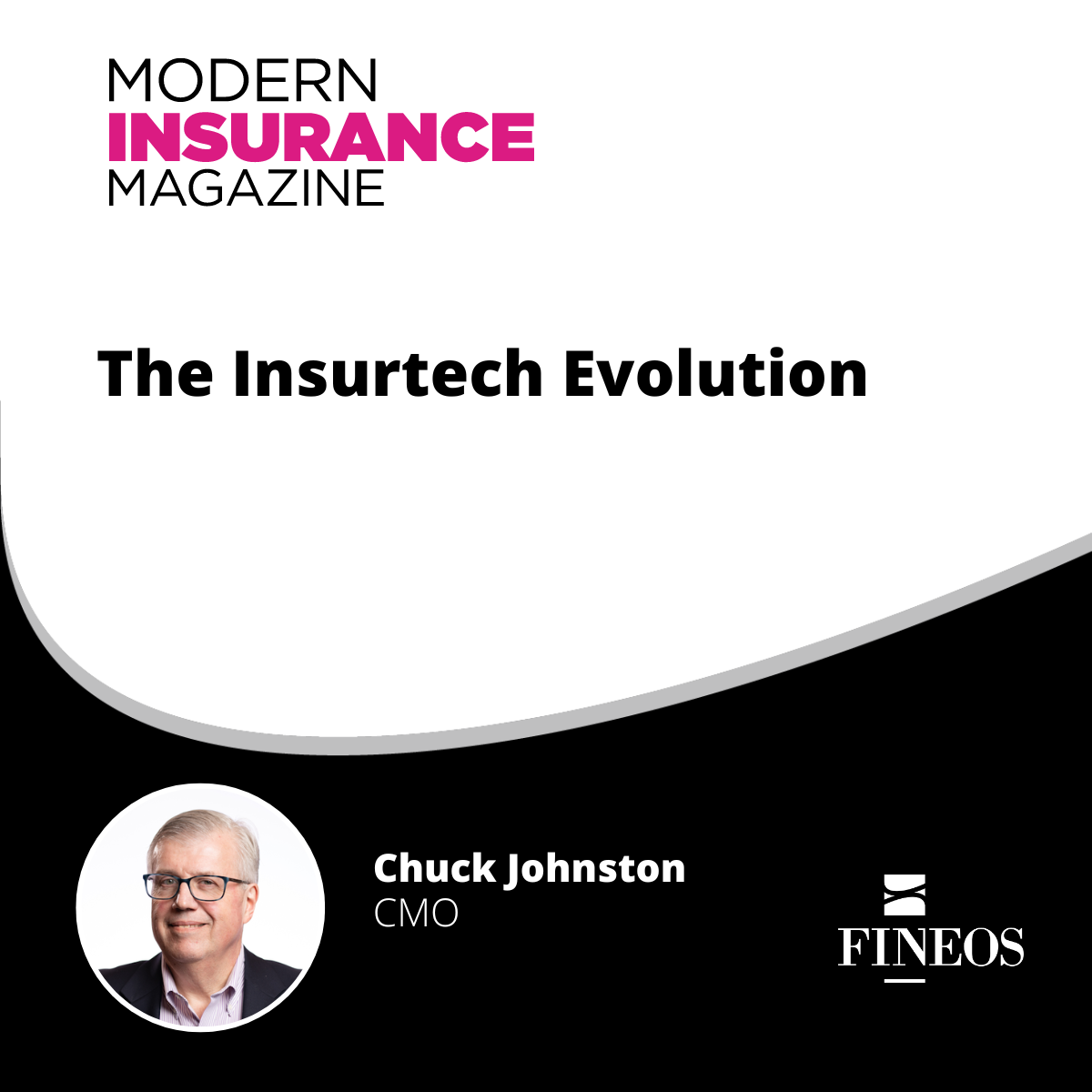Original article appeared in LIMRA MarketFacts: Your Resource for Industry Insights July 2021
The transformation of an idea for new legislation into an actual law can be a winding road, full of compromise. With leave-of-absence laws, the legislator and regulator architect these colorful and sometimes unique programs. Elected legislators are responsible for hatching ideas and transforming them into laws. Regulators must work within the confines of the law to provide details about how to implement the law’s intentions.
For many larger legislative initiatives, such as the new wave of Paid Family and Medical Leave programs, passing the law is just the first phase. The regulatory process follows, defining how the law will play out. Most large legislative initiatives authorize an agency to create regulations that will dictate the details, such as benefit calculations, payment timing, deadlines, and definitions.
Often when legislation is passed, the remnants of compromise and discussion that occurred during the legislative process yield interesting results. For example, the breadth of family member relationships or age (for family leave), the allowable timing of leave, or the type of leave permitted (e.g., for a “school activity” leave, permitting leave for a disciplinary meeting but not an assembly).
Legislatures are diverse groups. The NCSL in its most recent 2015 study found that the top state legislators’ occupations (when they are not legislating) are law, business, professional legislator, agriculture, and education. Conspicuously absent from this list are HR professional and absence software provider. Once the leave law is on the road to regulatory implementation, often it is left to the HR department to handle. When legislators craft bills, they may not fully envision the homework they are creating for HR professionals who now must validate multiple questions impacting more than one law that might apply to an employee’s leave. While a single instance of this type of inquiry may seem manageable, employers with a multi-state employee population will quickly become overwhelmed. Sometimes the effective date for new legislation will be sufficient to allow HR managers time to get familiar and compliant with the change, while others (such as with recent COVID changes) require a quick, almost instantaneous compliance.
The humble spreadsheet is the Holy Grail of HR professionals. It can capture and hold infinite information about an employee’s leave of absence history. It is certainly a step above pen and paper. But, as the complexity and number of leave laws grows, the ability of HR managers to manage this has waned. To ensure compliance and an expected level of customer service at what is often a very difficult time for the employee needing leave, HR managers must be able to manage this complexity with smart computer software. Capturing the required information in software is essential and doing so in an efficient manner while simplifying the complexity for HR, employees, and supervisors is necessary for a positive user experience.
The benefits of leveraging software include automating the manual and mundane tasks, and crucially doing so for the complex and time-consuming tasks that are prone to human error. Moreover, automating leave administration provides consistency in employee treatment. Unlike a human, no matter how tired the system gets or how many cases it is trying to process in one day (like during a pandemic), the system can ensure reliability. To add convenience, employees can interact over multiple devices, and do not have to rely on a voice call or email.
Absence legislation is not getting simpler; and, if the pending legislation across the country is any indication, additional complexity is on the horizon. Adding technology tools to an employer’s toolkit can increase productivity, compliance, and experience.
MarketFacts®: Your Resource for Industry Insights / Number 3, 2021
By: Lori Welty, Esq., Absence Management Senior Compliance Attorney, FINEOS and Maura Tarrant, IDAM Product Manager, FINEOS


